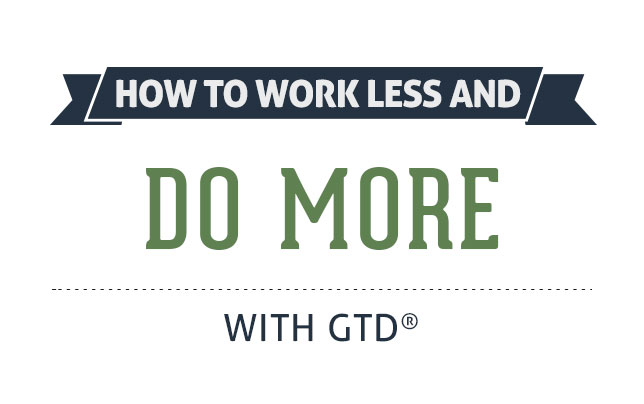What is our first reaction…
… when we see someone putting in long hours, burning the midnight oil & always in a rush to “get things done”?
“Wow – he is so busy. Is there something important he’s doing. If I’m not this busy, I’ll be left behind.”
On the other hand, when we come across someone in flip-flops enjoying their drink, we wrinkle our noses and say,
“Nooo… that’s not for me, I can’t afford to waste time!”
In short – busyness and overwork are our measures of accomplishment. And anything to the contrary is seen as a waste.
However, we can’t avoid this statistic – Those who work more than 11 hours a day are 2.5 times likely to give in to an episode of depression.
Moreover, people who take less leaves are less likely to be promoted at work.
Your brain needs downtime.
Downtime = Reflection Time
We have a problem with inactivity because we think having downtime is being lazy, giving up on dreams or admitting defeat.
Instead of viewing the opposite of “doing” as “not doing”, look at it as “reflection time”.
There are three distinct advantages to taking short breaks and allowing your mind to reflect:
- This practice ignites creativity. Everyone from Einstein to Benjamin Franklin dedicated hours to their craft, but they also pursued their hobbies and often did nothing. This doing nothing is like a catalyst. You’re bombarded with inputs 24*7. Stilling the money mind let’s you sift through the clutter, make unique connections and truly gauge the importance of tasks for prioritization.
- Doing nothing is the start of something. It is during quiet reflection that we see the way forward. We start planning what to do next. We become deliberate and proactive, instead of being knee jerk and reactive.
- Doing nothing charges us for action. When you charge your smartphone, the best practice is not to use it. The same applies to your body and your brain.
Downtime replenishes your energy and rejuvenates the mind. In sparring and in tough negotiations, the high strung “always on” candidates fare worse than the ones who are focused on only what matters in the given context.
Getting Things Done® – The State of Flow for Creatives & Professionals
Getting Things Done® has been created for the modern knowledge worker.
The very premise of the methodology is cycles of calm reflection and focused action so that the momentum built during the trough (downtime) can propel you forward in the crest (activity).
GTD® encourages a state of positive stress. A state where we identify a gap between where we are and where we want to be through practices like:
- Clarify or defining the doing of tasks by identifying Next Action that can help us make progress.
- Organize which allows quick and timely execution by organizing Next Actions in contextualized lists based on the resources available in a particular setting.
- Engage or the actual execution of Next Actions.
But at the same time it also encourages reflection where we prepare for the next sprint of achievement. And it does so through:
- Capture or mind dump where we commit to paper anything and everything that has our attention to close the loop and still the mind.
- Reflect when practitioners plan their work and review what has been done to sharpen judgment and welcome surprises.
No single step is more important or effective than the others.
The five go together in a framework that redefines what productivity means.
GTD® is a system that honors both work and play, doing and being – for a life where we work less but accomplish so much more!
I believe our work should be an expression of our most creative selves. I work with business owners and their teams to achieve stress-free productivity.

